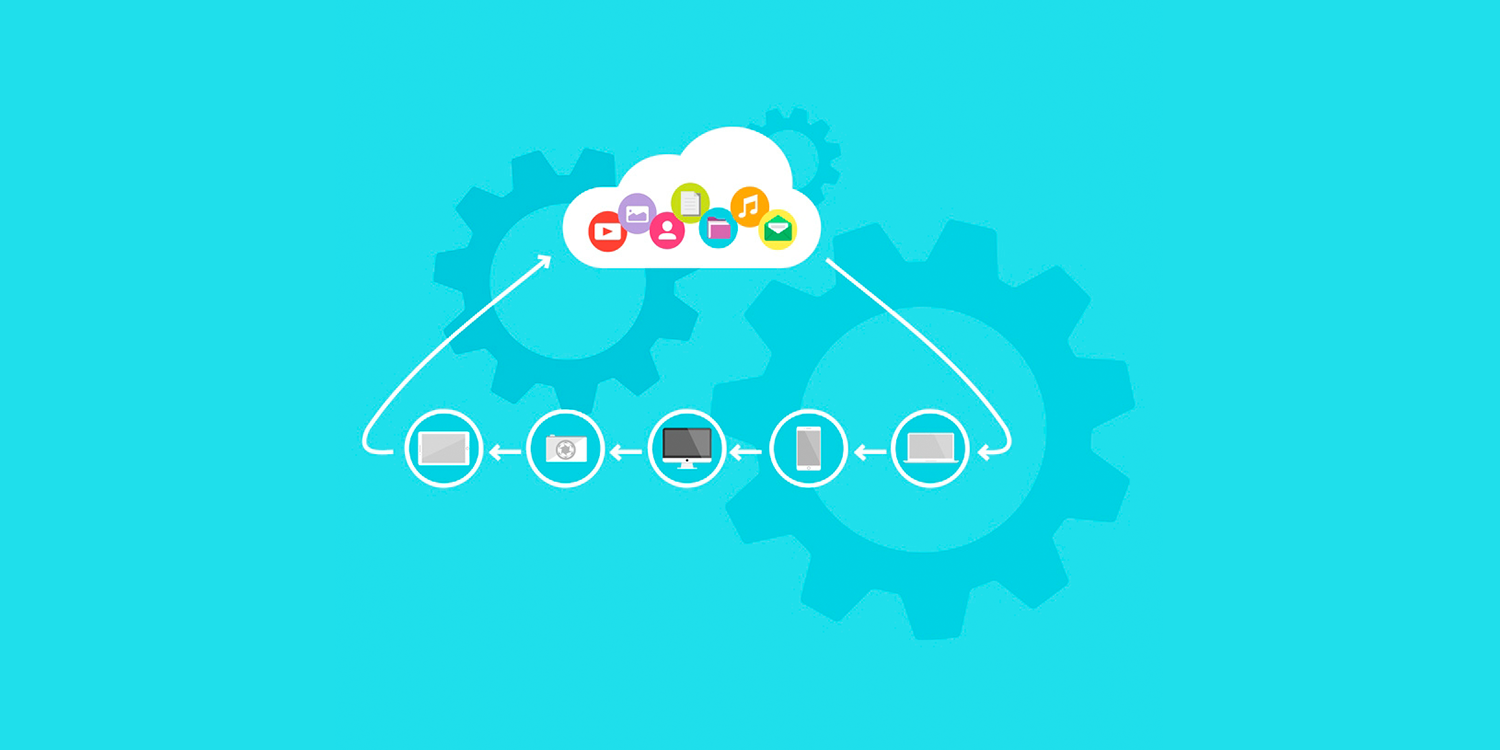If you are not familiar with cloud computing, you may be using it without knowing it. Cloud computing allows workers to use a program over the internet, such as saving files to Dropbox or talking to a family member on Skype. Many employees are now working away from their offices on laptops, smartphones, and tablets. With cloud computing, these workers can now access an abundance of business applications on the device they choose.
What are the benefits of using cloud applications?
- Available from anywhere at any time: The office desktop computer will no longer confine data to one spot. For example, during work hours, an employee can edit a Word document on their desktop and save it online. After work, this employee can open this same Word document on their smartphone during their train ride home.
- Will not need to install hardware and software: There are no more software DVDs to unwrap and hardware devices to set up. The vendor, such as Microsoft or Google, will take care of the storage, installation, and maintenance of the application. Plus, if you need to add another license for a new employee or additional storage, you can do this with a few quick changes to your account.
- Stay on pace with competitors: Your business must respond to customer demand and the industry landscape quickly to keep a competitive edge. With a cloud computing application, an executive at the airport can get quick access to an analytics dashboard and make intelligent decisions about their business.
- Can recruit talent outside the immediate regional area: The internet and its far reach will allow you to widen your net and get top-notch talent. These remote workers can get access to the tools they need to perform their day-to-day tasks.
- Can drive global operations for small businesses: Cloud applications will provide small businesses access to technology that was cost-prohibitive for all but the largest companies.
- Improve communications with customers: Many cloud business applications provide a portal for customers to view invoices, submit payments, and track shipments.
- Add/extend features easier and faster: Many business applications allow customization by adding new fields, changing workflows, building reports quickly, and integrating with outside applications.
What business applications are available on the cloud?
Productivity
- Microsoft 365: Exchange, SharePoint, Office
- Google Apps for Business: Gmail, Calendar, Drive, Docs, Sheets, Slides
HR/Employee Management
- Tribe HR: Employee notes, job postings, skills tracking, vacation calendar
- Bamboo HR: Employee self-service, training, benefits tracking, leave tracking
Communications
- GoToMeeting: Allows web conferencing for up to 25 people
- RingCentral: fax, voice, text, conferencing
Customer Relationship Management
- Salesforce: Email marketing, sales forecasts, customer service tools, reporting and analytics, sales leads, integration with social accounts
- Zoho: Analytics, inventory management, workflow management
Enterprise Resource Planning
- NetSuite ERP: Accounting, supply chain, invoicing, shipping, employee management
- Oracle Enterprise Resource Planning Cloud: Finance, project management, procurement, billing
Finance
- QuickBooks: Bookkeeping, invoicing, billing, reporting
- FreshBooks: Online payments, expense tracking, time tracking
- Sage One: Project tracking, invoicing, expense management
The above list is not exhaustive, but a sample of the applications available for your business to use. Some businesses go a step further and have in-house applications custom-built to their requirements, then integrate them with their existing software. SwiftTech Solutions can help your employees transition to the cloud by doing a business technology analysis. We will help you pick and design cloud applications suited to your business requirements. For more information, you can call SwiftTech Solutions at 877-794-3811 or email info@swifttechsolutions.com for a free consultation.
SOURCES
Strickland, J. How Cloud Computing Works. Retrieved from: http://computer.howstuffworks.com/cloud-computing/cloud-computing.htm
Beal, V. 5 Top Picks for Small Business Cloud-Based Accounting. (2013, February 27). Retrieved from: http://www.cio.com/article/729385/5_Top_Picks_for_Small_Business_Cloud_Based_Accounting
NetSuite. NetSuite ERP. Retrieved from: http://www.netsuite.com/portal/products/netsuite/erp/main.shtml
O’Flaherty, K. Cloud applications for small businesses: the best apps for you. (2013, October 7). Retrieved from: http://www.techradar.com/us/news/software/business-software/cloud-applications-for-small-businesses-the-best-apps-for-you-1184593
GetApp. BambooHR. (2014, February 6). Retrieved from: http://www.getapp.com/bamboohr-saas-hr-software-application
GetApp. TribeHR. (2014, February 6). Retrieved from: http://www.getapp.com/tribehr-application
Fallon, N. (2014, January 22). Retrieved from: http://www.businessnewsdaily.com/5802-cloud-business-communications-trends.html
Lynn, S. 20 Top Cloud Services for Small Businesses. (2012, December 11). Retrieved from: http://www.pcmag.com/article2/0,2817,2361500,00.asp
Knorr, E., Gruman, G. What cloud computing really means. Retrieved from: http://www.infoworld.com/d/cloud-computing/what-cloud-computing-really-means-031
Kurtzig, S. Business Apps Belong In The Cloud. (2013, December 23). Retrieved from: http://www.informationweek.com/cloud/software-as-a-service/business-apps-belong-in-the-cloud/d/d-id/1113207
GetApp. Communications Software. Retrieved from: http://www.getapp.com/it-communications-software
Oracle. Oracle Enterprise Resource Planning Cloud. Retrieved from: http://www.oracle.com/us/solutions/cloud/cloud-applications/erp/index.html

